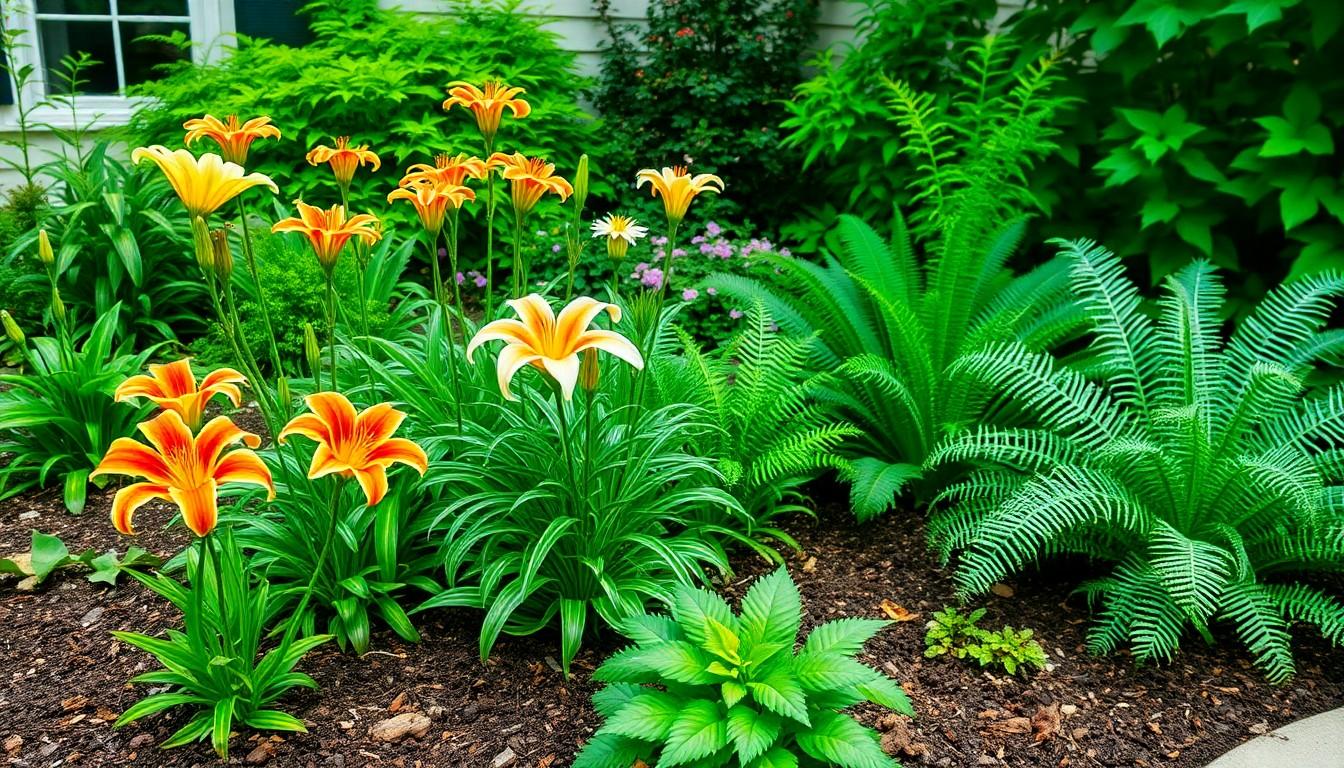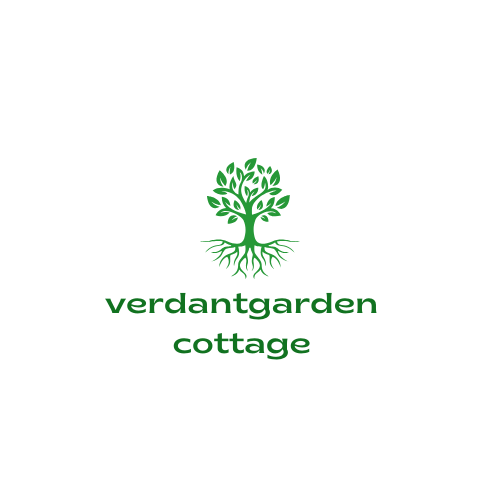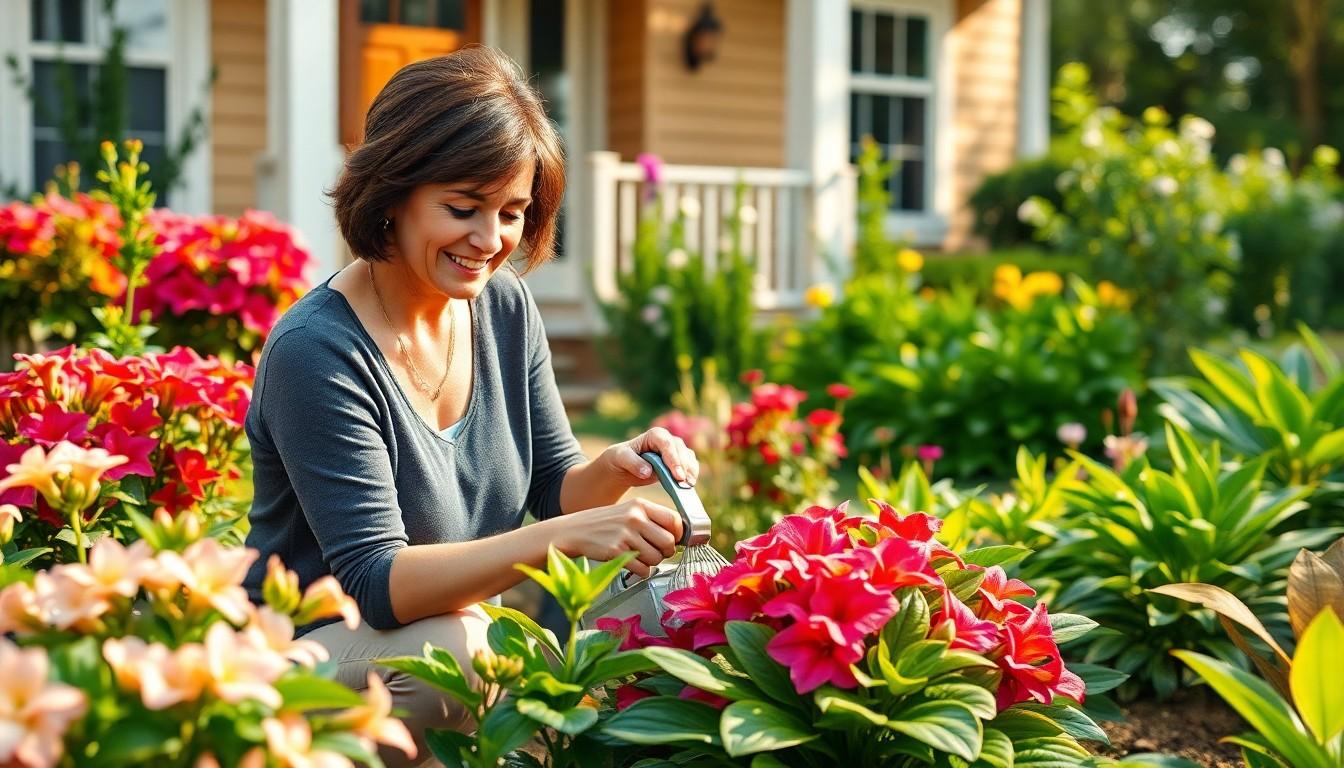When it comes to landscaping, the east side of a house often gets overlooked. But let’s face it, just like that one friend who always brings the best snacks to the party, this area deserves some attention too. With the right plants, it can transform from a dull space into a vibrant oasis that welcomes the morning sun and keeps your home looking fabulous.
Importance Of Choosing The Right Plants
Selecting appropriate plants for the east side of a house significantly influences its aesthetics and functionality. These plants must thrive in the eastern exposure, which typically receives morning sunlight. Morning sun provides a gentler light, ideal for a variety of plant species, fostering lush growth and vibrant colors.
Plant choices can enhance curb appeal and create a welcoming atmosphere. They offer visual interest throughout different seasons, attracting pollinators such as butterflies and bees. Habitat creation also becomes viable with the right selections, supporting local wildlife.
Aesthetically pleasing arrangements boost overall home value. Incorporating plants like ferns, hostas, or azaleas can provide texture and color without demanding excessive maintenance. Additionally, these plants adapt well to the varying temperatures and moisture levels often found on the east side, which is essential for healthy growth and longevity.
Water conservation is another vital consideration. Selecting drought-resistant varieties minimizes watering needs, conserving resources and reducing maintenance. Well-chosen plants can also help control soil erosion, protecting the foundation and landscaping features of the property.
For maximizing visual impact, consider layering plants according to height and spread. Tall ornamental grasses or shrubs can provide a backdrop, while shorter perennials or ground covers serve as fillers. Thoughtful arrangement creates depth and balance, enhancing the overall design and inviting attention to the area.
Successful landscaping requires understanding sunshine, soil type, and regional climate. Researching native plants, which are adapted to local conditions, often results in a thriving garden. Choosing the right plants ensures the east side of the house becomes an appealing, functional extension of the home.
Factors To Consider Before Planting

Several factors influence plant selection for the east side of a house. Understanding these elements promotes a thriving garden that enhances aesthetics and functionality.
Sunlight Exposure
Morning sunlight provides a unique opportunity for plant growth. Different plants have different light requirements. Some thrive in full sun, while others prefer partial shade. Assess the amount of direct sunlight the area receives throughout the day. Consider planting sun-loving options like daylilies alongside shade-tolerant varieties such as ferns. This approach maximizes the area’s potential and ensures plant health.
Soil Conditions
Soil quality directly impacts plant growth. Test the soil to determine its pH and nutrient levels. Well-draining soil promotes healthy root systems and reduces the risk of diseases. Various plants prefer different soil types; some thrive in sandy loam, while others favor clay. Incorporating organic matter enhances nutrient availability and moisture retention. Employ amendments like compost to improve fertility and structure, creating an optimal environment for plant growth.
Climate Considerations
Regional climate influences plant survival and growth patterns. Local temperature ranges and rainfall patterns determine suitable plant choices. Research native plants well-adapted to the area’s climate; they generally require less maintenance. Consider hardiness zones when selecting plants, as they provide critical information about which species thrive. Selecting climate-appropriate plants ensures a resilient and sustainable landscape, supporting local ecosystems and minimizing water usage.
Best Plants For East Side Of House
Selecting the right plants for the east side of a house cultivates a vibrant and welcoming landscape. These plants thrive in morning sunlight and enhance the overall aesthetics.
Flowering Plants
Consider planting coneflowers for vibrant colors that attract pollinators. Daylilies add versatility, blooming in many colors and thriving in various soil types. Peonies offer a stunning display in spring with their large blooms and delightful fragrance. Additionally, lavender contributes both beauty and a lovely scent, which repels certain pests. Each of these flowering plants enhances curb appeal and fosters a lively atmosphere.
Foliage Plants
Opt for hostas, known for their lush green leaves and shade tolerance. Ferns create a soft, delicate appearance, growing well under trees. Heuchera brings vibrant foliage colors, ranging from burgundy to lime green, and prefers partial shade. Alternatively, Japanese forest grass offers a unique texture and thrives in low-light conditions. These foliage plants contribute depth and texture to the landscape design.
Shrubs
Incorporate azaleas for their stunning spring blooms, providing a burst of color. Boxwoods work as versatile, evergreen shrubs that can be shaped for structured designs. Hydrangeas, with their large blooms, thrive well in the east exposure, offering beauty throughout the summer. Additionally, rhododendrons provide vibrant flowers and excellent shade tolerance. These shrubs enhance the landscape while offering seasonal interest and durability.
Maintenance Tips For East Side Plants
Caring for plants on the east side of a house ensures their optimal growth and vibrancy. Focus on consistent practices to maintain this thriving landscape.
Watering Practices
Watering schedules play an essential role in maintaining east side plants. Early morning is the best time to water, allowing moisture to soak into the soil before the heat of the day. Deep watering promotes strong root systems, ensuring plants absorb nutrients effectively. Drought-resistant varieties, such as lavender and coneflowers, need less frequent watering once established. Checking soil moisture levels before watering encourages efficient practices and prevents overwatering. Mulching around plants reduces evaporation and mitigates weeds, contributing to healthier soil. Adjusting frequency based on seasonal changes protects plants during dry spells while encouraging robust growth.
Fertilization Techniques
Fertilization supports nutrient uptake in plants, promoting vibrant blooms and lush foliage. Start with a soil test to evaluate nutrient levels and adjust accordingly. Organic fertilizers like compost and well-rotted manure provide essential nutrients without harming beneficial organisms. Time-release fertilizers deliver nutrients gradually and can be applied during the growing season. Fertilizing in early spring aligns with the active growth period of many plants on the east side. For flowering plants, higher phosphorus content enhances blooming. Observing plant health guides additional applications, ensuring they receive the nutrients necessary for thriving growth.
Conclusion
Transforming the east side of a house into a flourishing garden is a rewarding endeavor. By selecting the right plants that thrive in morning sunlight and considering factors like soil quality and regional climate, homeowners can create a vibrant and inviting space.
Incorporating a mix of flowering plants, lush foliage, and durable shrubs not only enhances curb appeal but also supports local wildlife. With proper maintenance and care, this often-overlooked area can become a stunning extension of the home, adding both beauty and value. Embracing the potential of the east side allows for a unique landscape that welcomes the day and enriches the overall environment.

